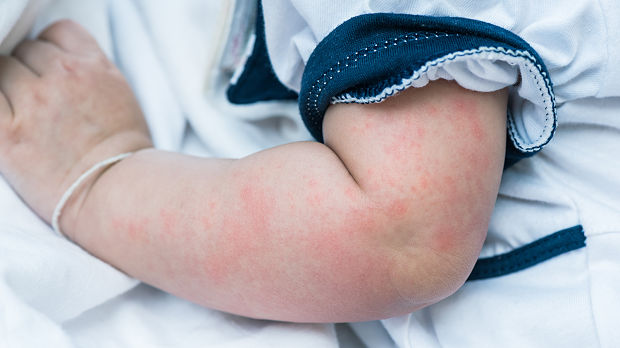A small percentage of children are affected by chronic urticaria (CU), defined as the occurrence of wheals, angioedema, or both that lasts more than 6 weeks. This happens in two groups of children, those where the eruption of hives is idiopathic and those with a known autoimmune reaction.
The authors of a recent study explored the resolution rate of chronic urticaria in children, and whether there are biomarkers that can predict resolution. The study sought to establish a registry of pediatric CU patients in order to assess clinical characteristics and comorbidities, and to determine the natural history of CU and identify any factors associated with resolution. Authors recruited 139 patients over a two-year period from both the urticaria and dermatology clinics of a Children’s hospital. In addition to assessing the level of disease, recording demographics and treatment course, the authors also conducted an assessment of basophil activation and thyroiditis.
The results show that the most common comorbidities were asthma or atopic dermatitis. Six patients were diagnosed as having a comorbid autoimmune disease, and 24 children had a familial history of autoimmune disease. The resolution rate in this cohort was low, however, the authors found that basophil count and CD63 levels could help predict resolution. High BAT scores and absence of basophils were associated with earlier spontaneous resolution of urticaria.
The authors note that these results may provide a direction to follow in order to better understand the pathogenesis of CU and to develop appropriate management strategies.

